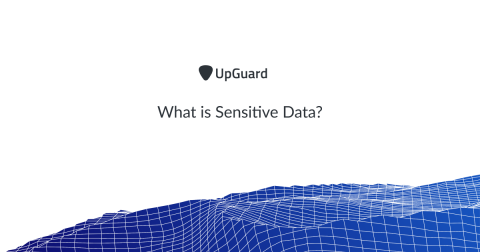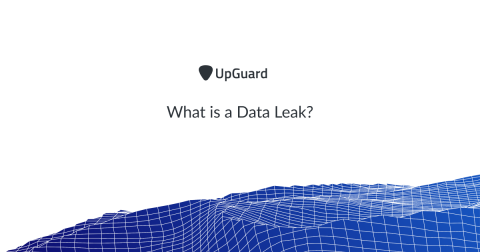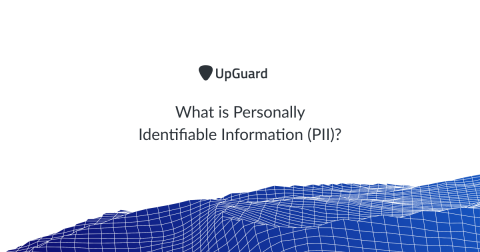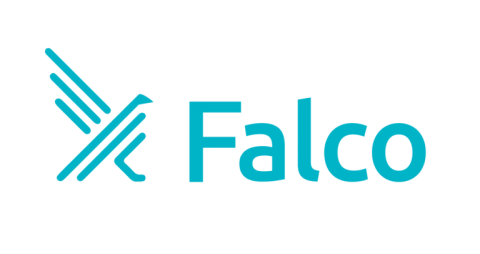Weekly Cyber Security News 30/08/2019
A selection of this week’s more interesting vulnerability disclosures and cyber security news. What a week of news this has been, more MageCart, a few large take downs, and some surprising breaches. We start with a first, the first ‘hack’ from space.










